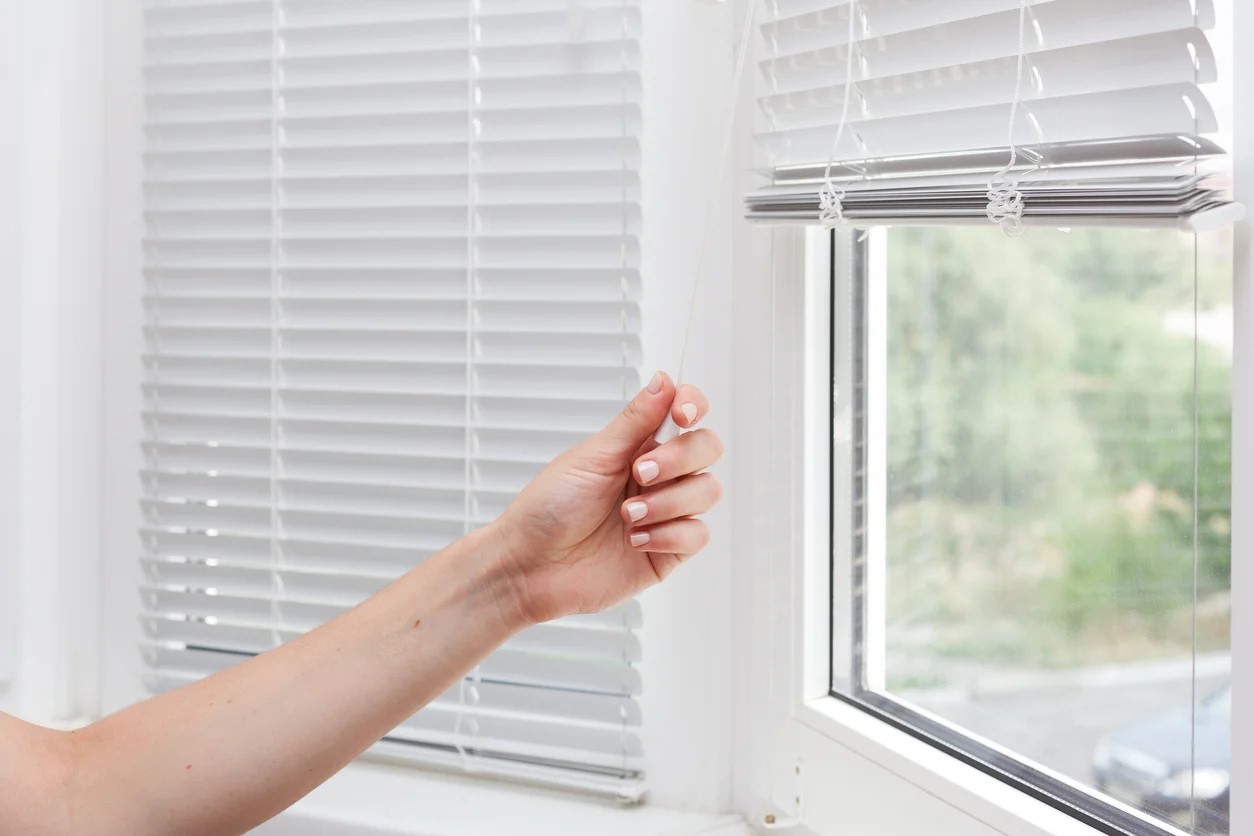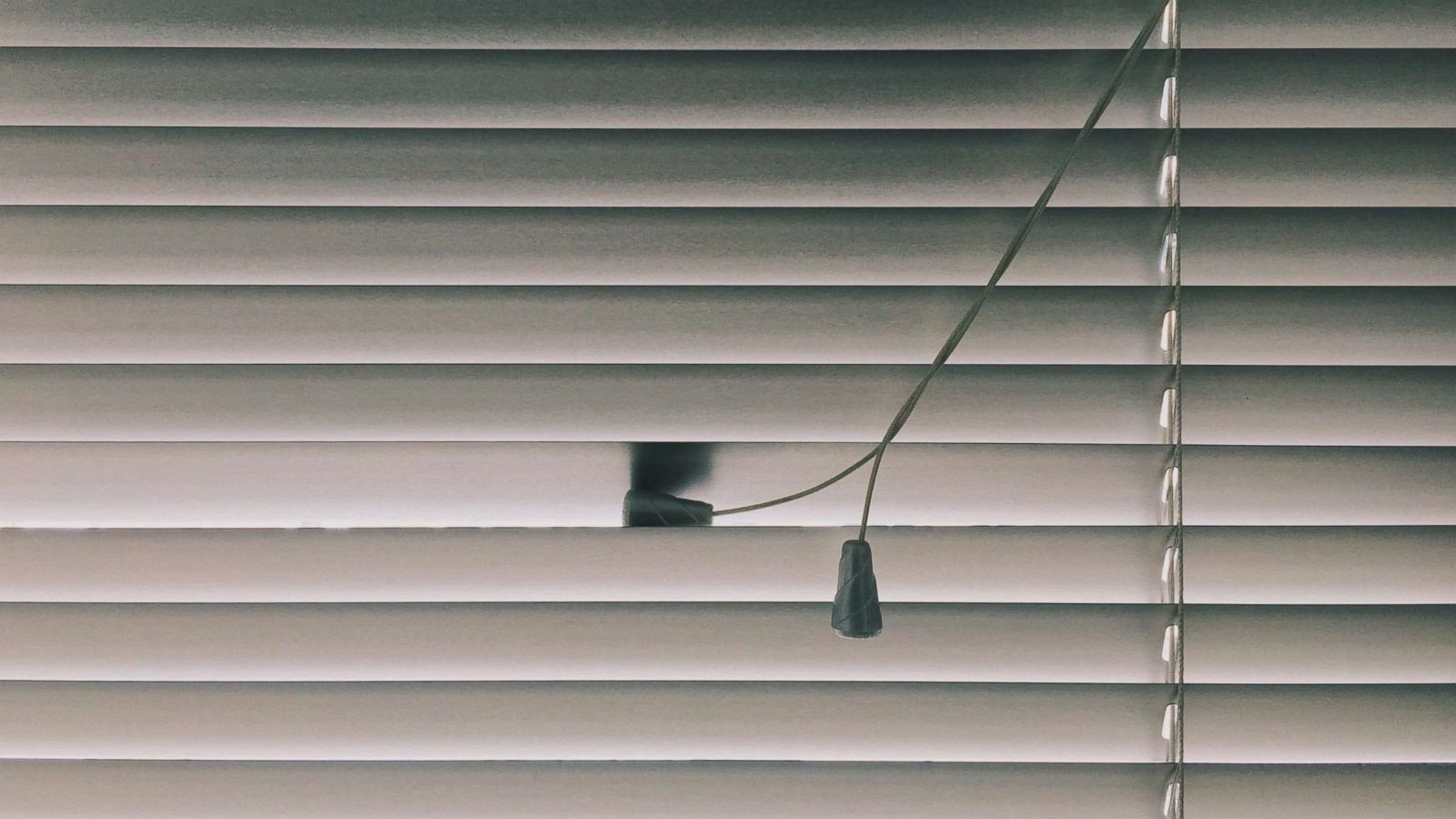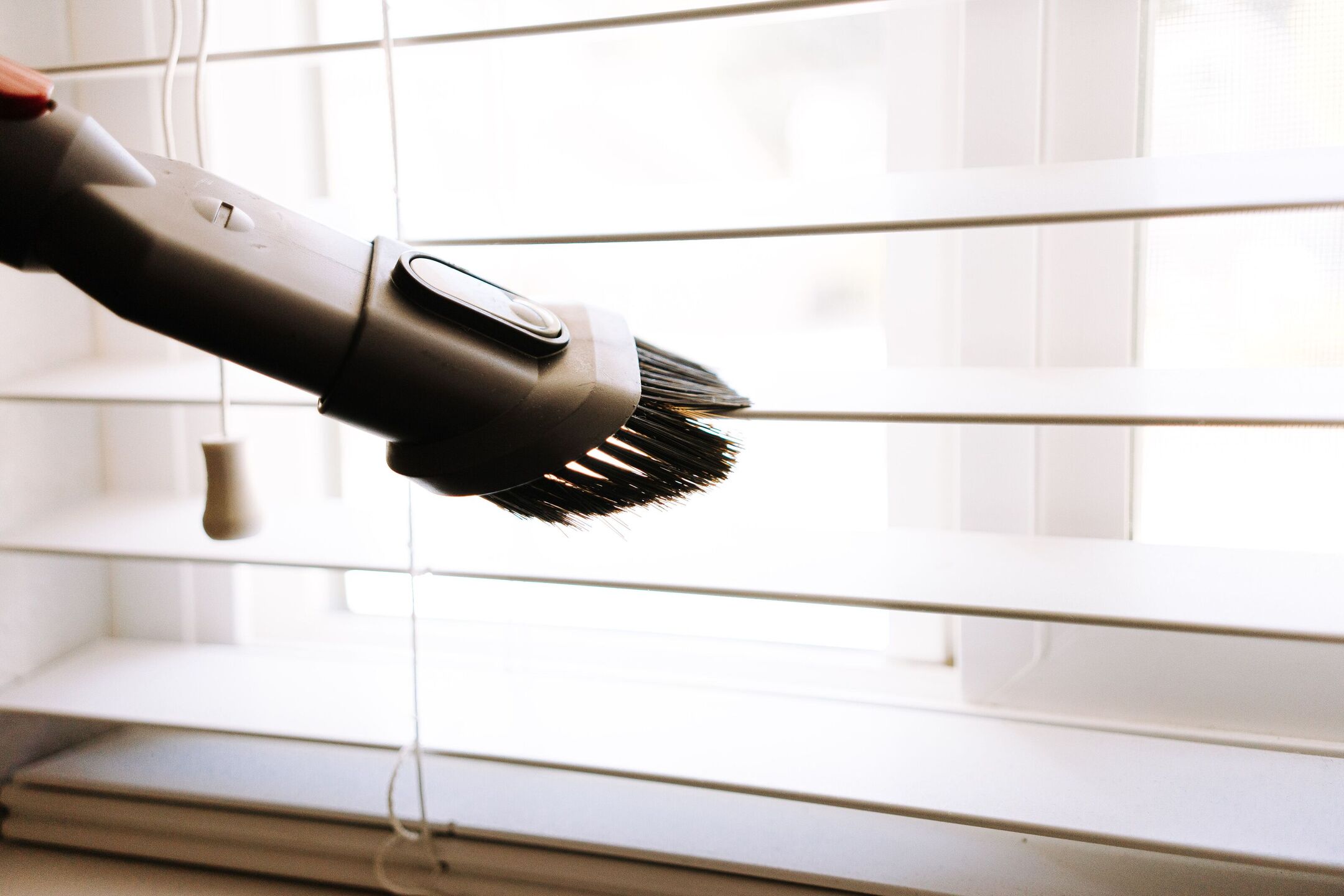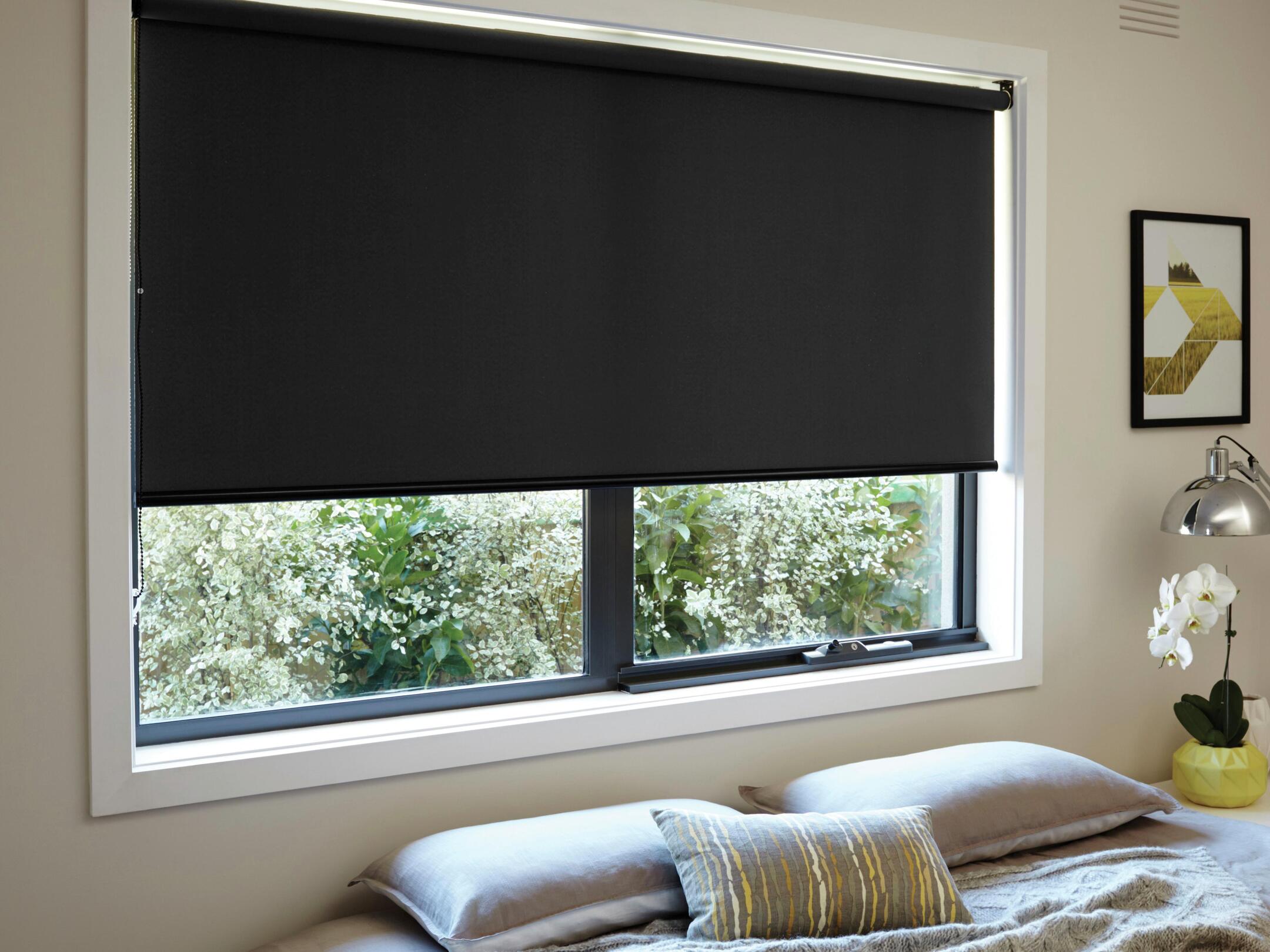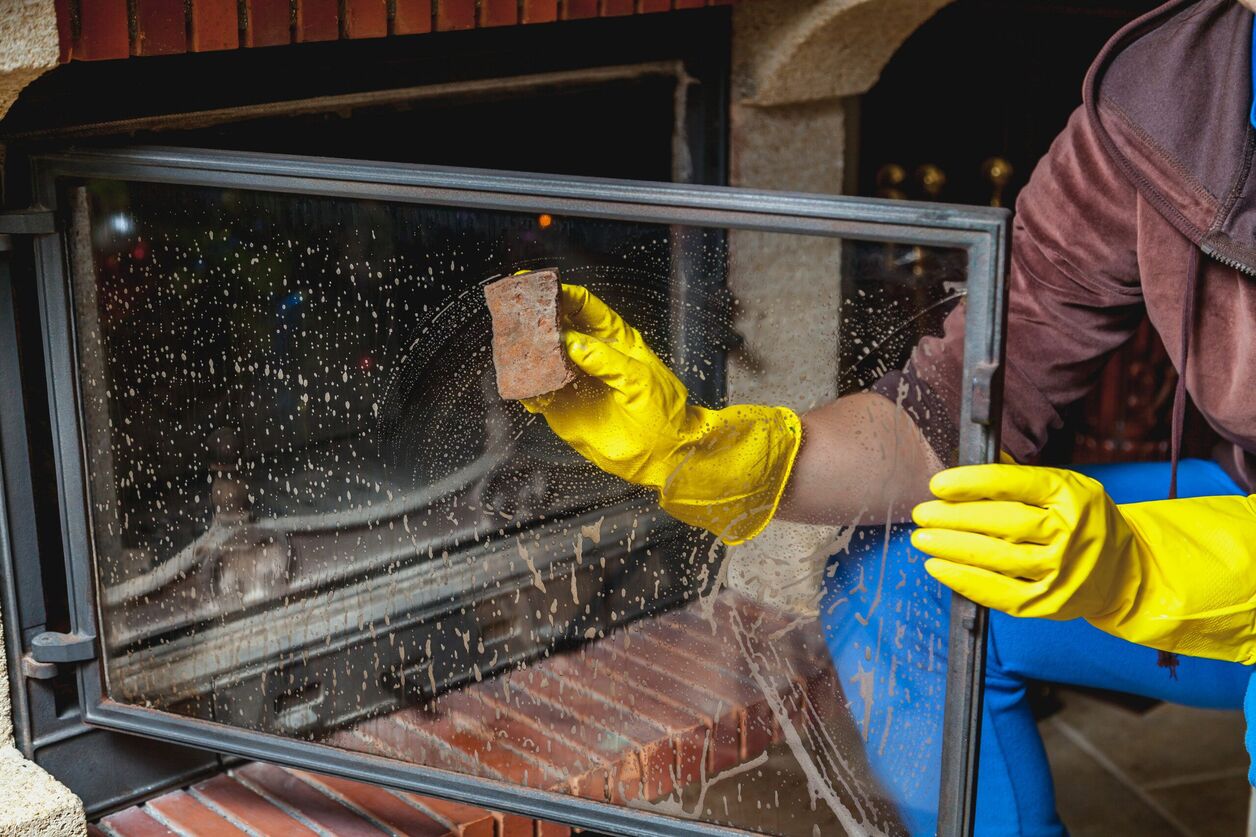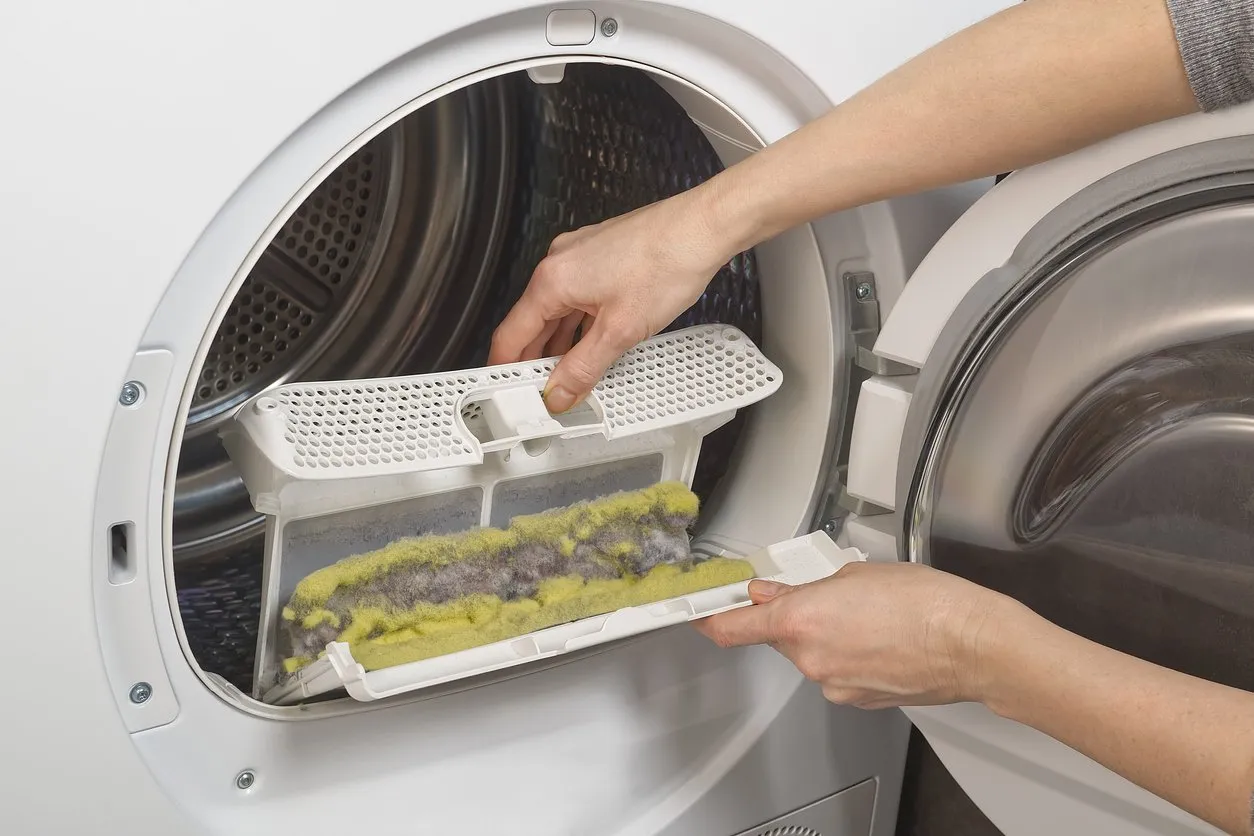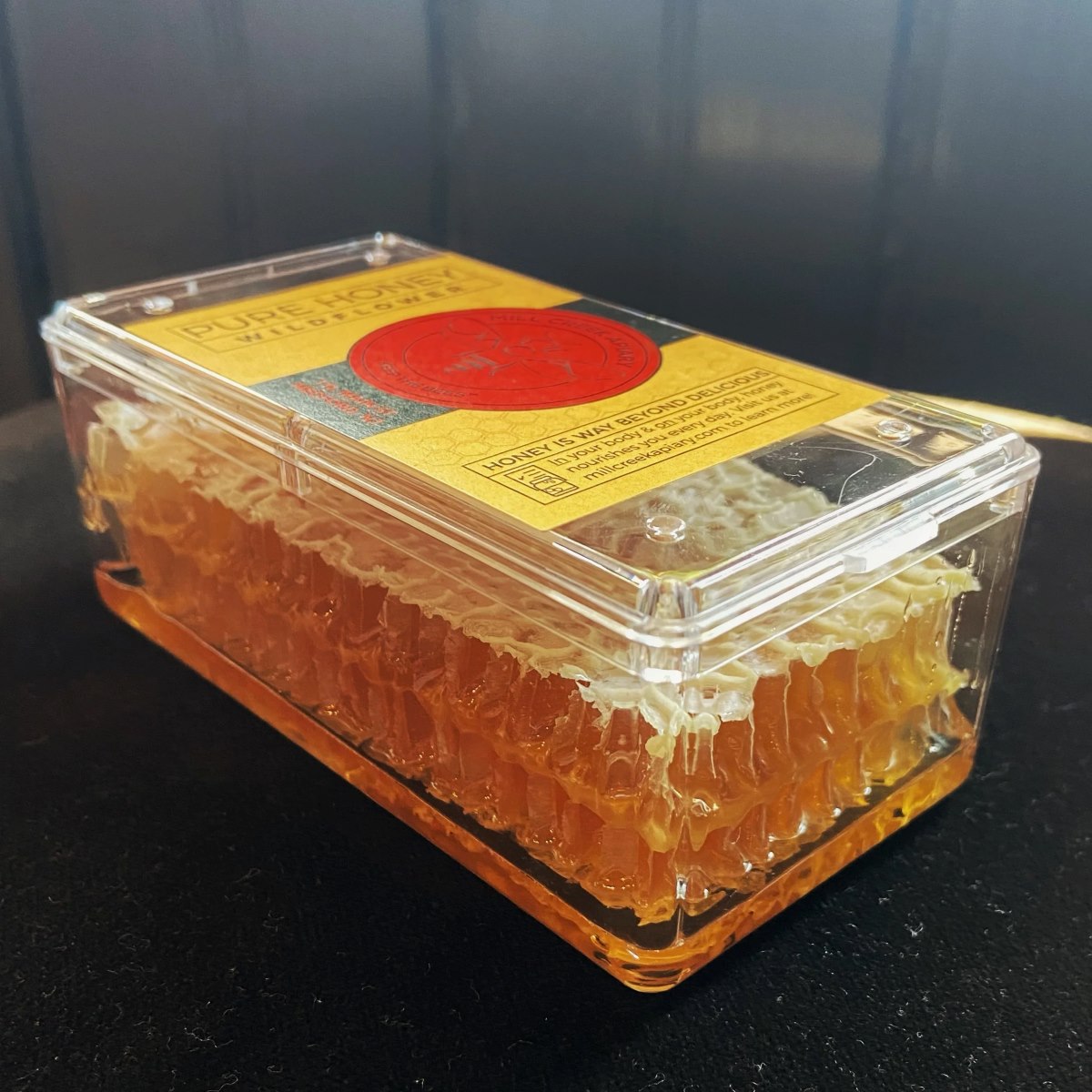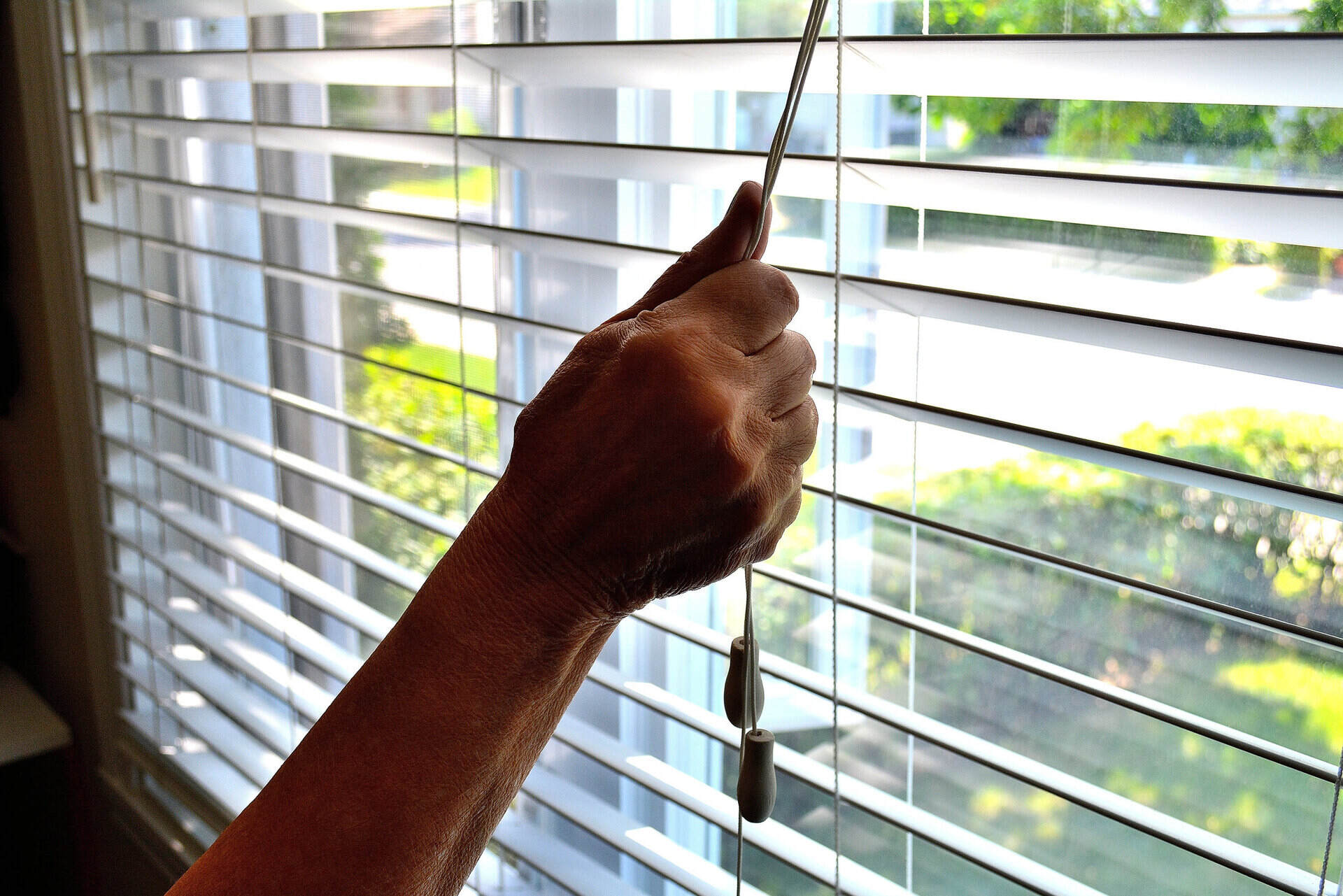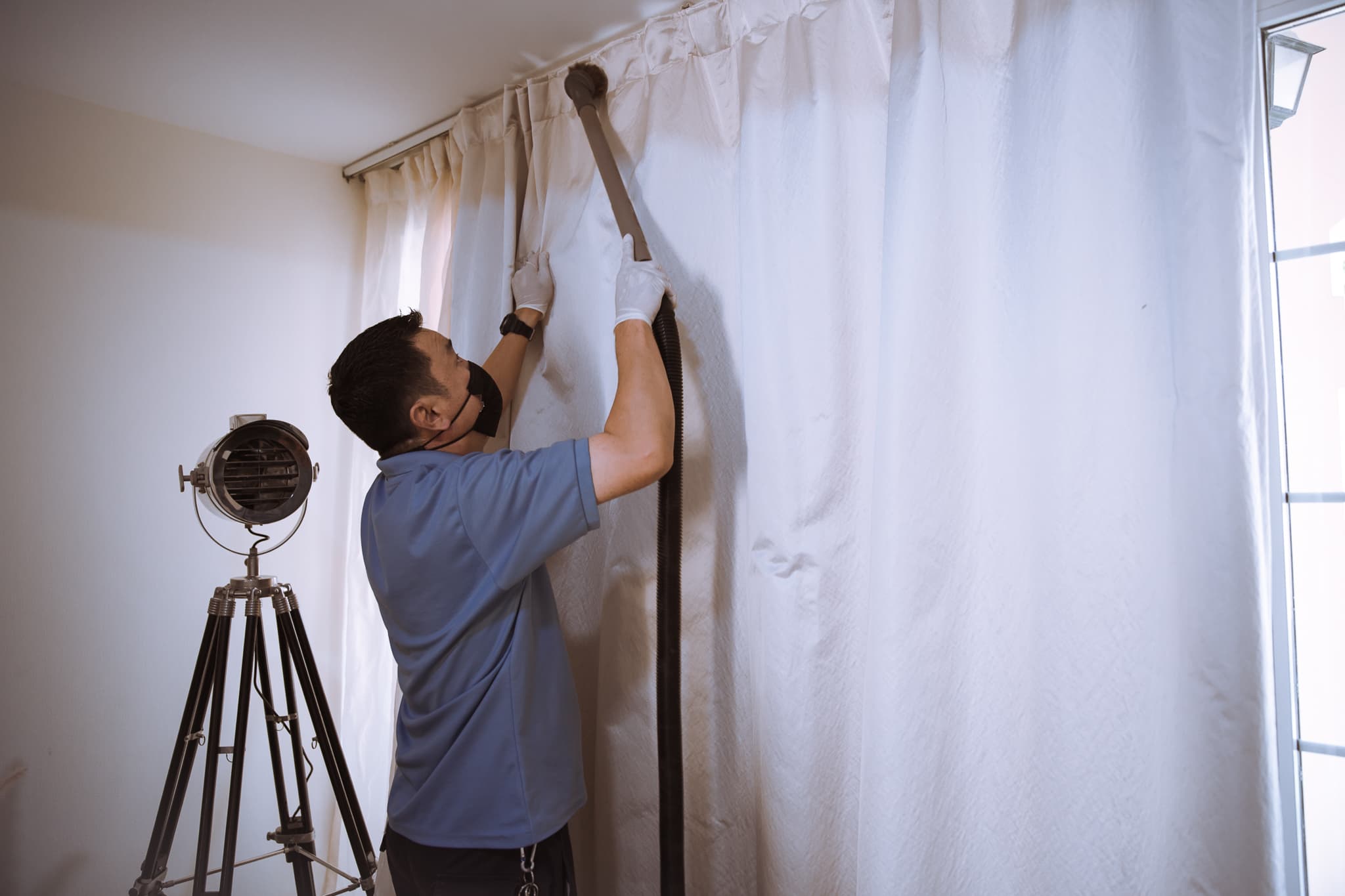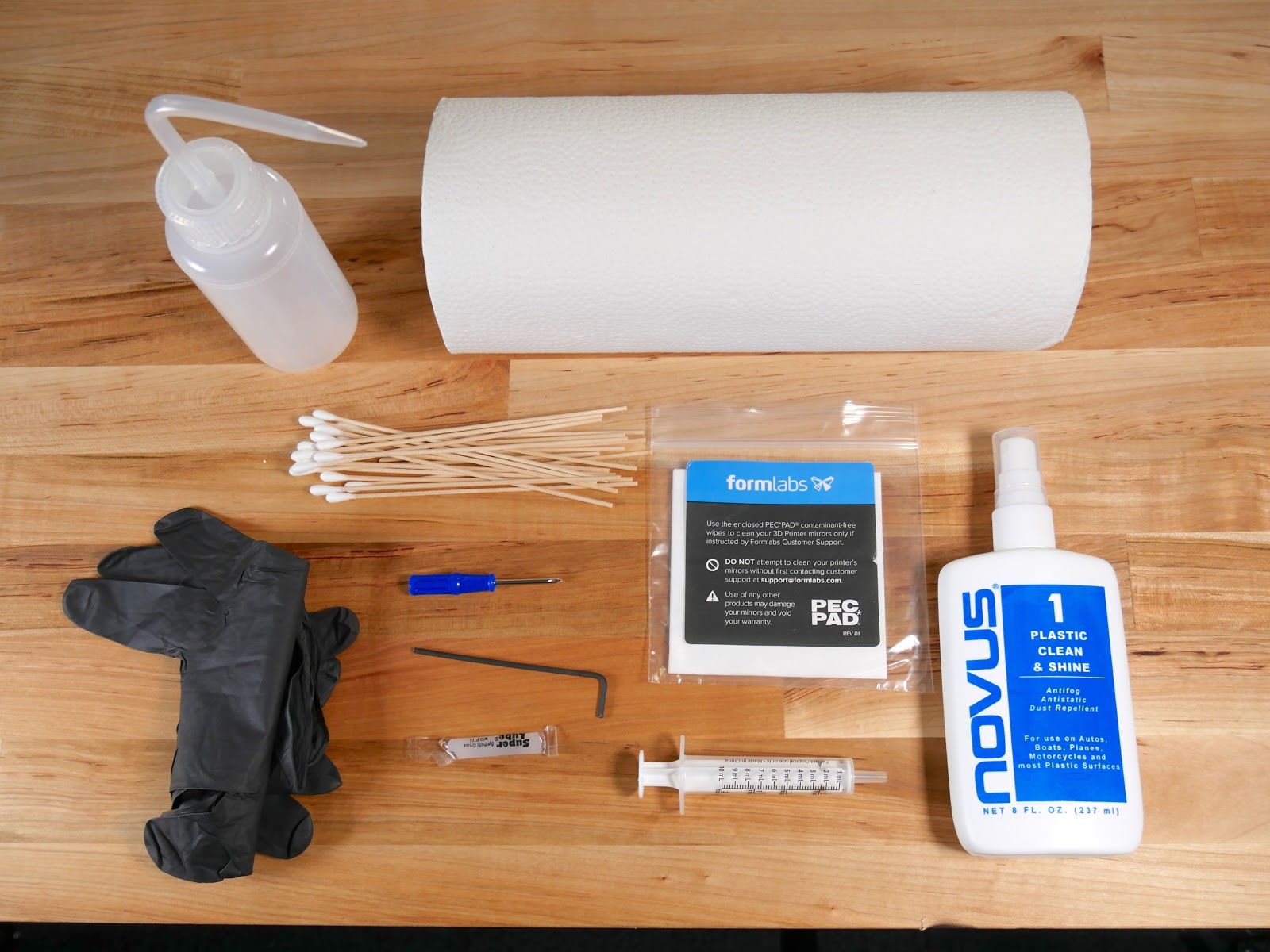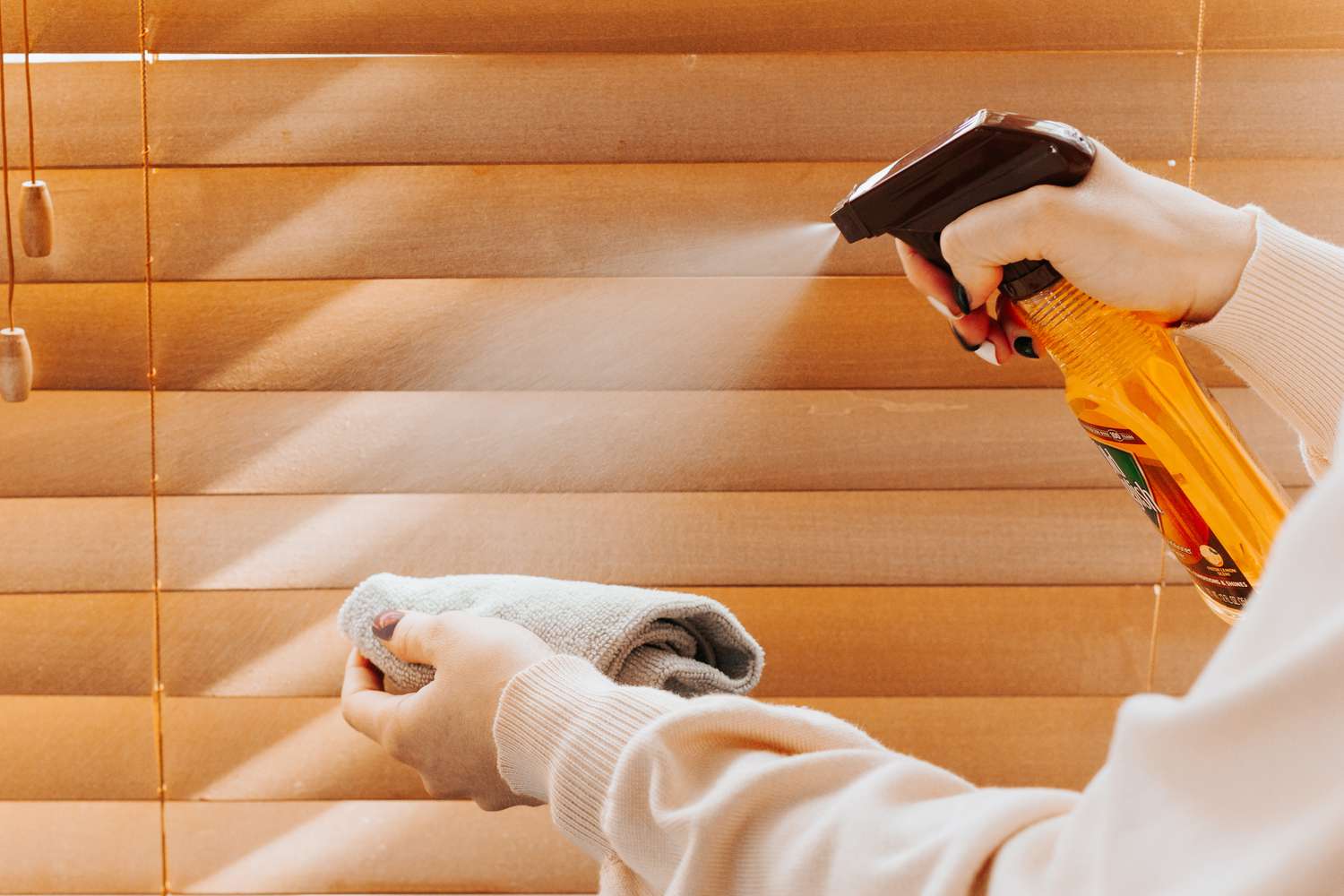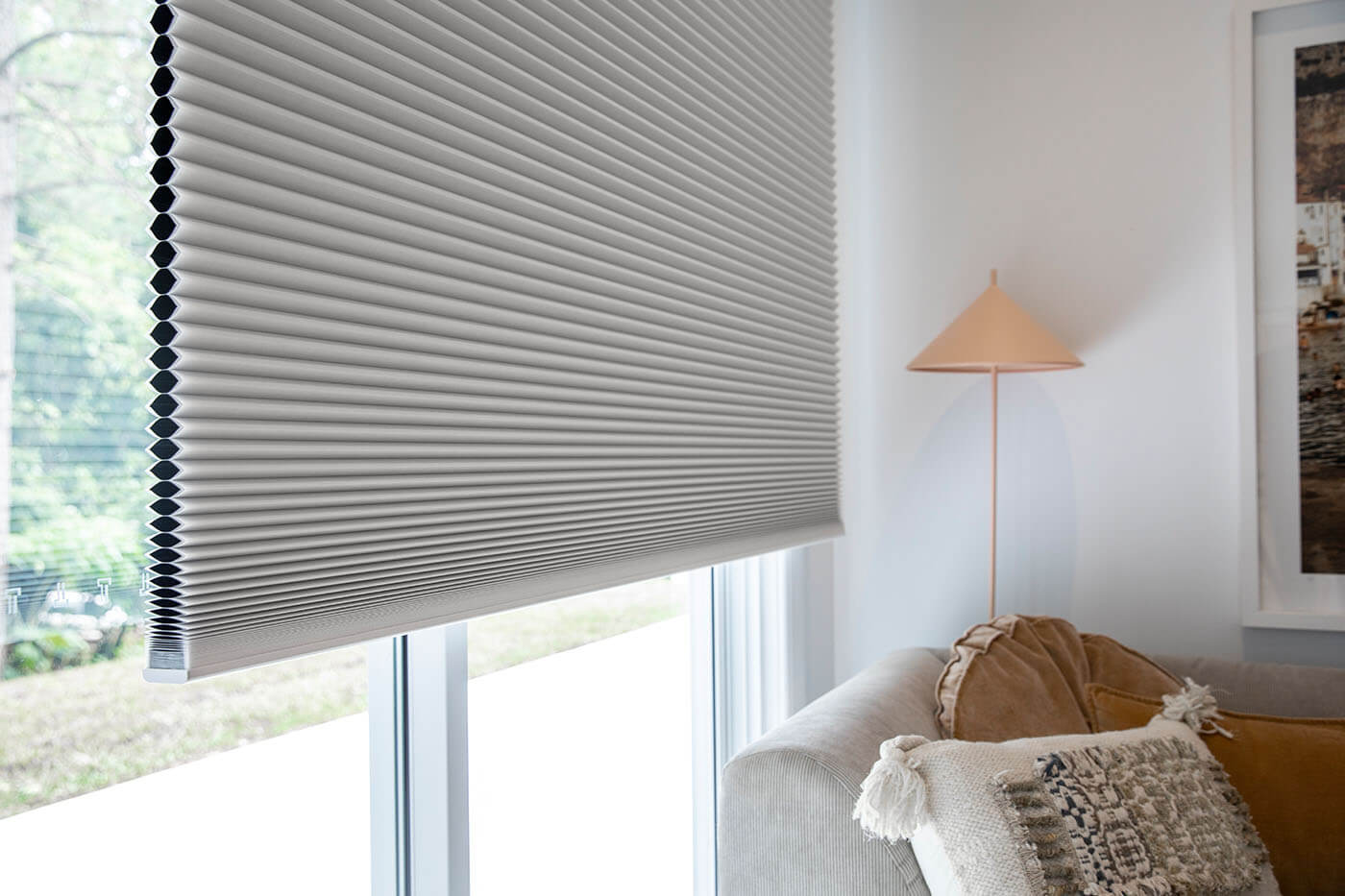

Articles
How Do You Clean Honeycomb Blinds
Modified: August 17, 2024
Learn how to clean honeycomb blinds with these helpful articles. Discover tips, tricks, and step-by-step guides to keep your blinds looking fresh and new.
(Many of the links in this article redirect to a specific reviewed product. Your purchase of these products through affiliate links helps to generate commission for Storables.com, at no extra cost. Learn more)
Introduction
Welcome to the ultimate guide on cleaning honeycomb blinds! Honeycomb blinds, also known as cellular blinds, are a popular window treatment option due to their energy efficiency and modern aesthetic. These blinds are made up of individual cells that trap air, providing insulation and reducing heat transfer. However, like any other window covering, honeycomb blinds can accumulate dust, dirt, and grime over time, compromising their appearance and functionality.
Regular cleaning and maintenance are essential to ensure that your honeycomb blinds continue to look their best and function optimally. In this comprehensive guide, we will walk you through everything you need to know to effectively clean your honeycomb blinds, from understanding their construction to step-by-step cleaning techniques.
So, let’s dive in and discover the best practices for cleaning your honeycomb blinds!
Key Takeaways:
- Regularly cleaning honeycomb blinds is crucial for maintaining indoor air quality, energy efficiency, and the overall aesthetics of your living space. It also helps prolong the lifespan and functionality of the blinds.
- When cleaning honeycomb blinds, gather essential tools and materials, follow a gentle step-by-step process, and incorporate regular maintenance. Avoid excessive moisture, test cleaning solutions, and consider professional cleaning for heavily soiled blinds.
Read also: 12 Incredible Honeycomb Blinds for 2025
Understanding Honeycomb Blinds
Honeycomb blinds, also known as cellular blinds, are window coverings that consist of a series of hollow cells. These cells are connected and form a honeycomb-like structure when the blinds are fully extended. The unique design of honeycomb blinds provides various benefits, including insulation and light control.
Honeycomb blinds are typically made from a durable and lightweight fabric material. The cells of the blinds can vary in size, with smaller cells offering increased energy efficiency. The fabric used in honeycomb blinds can also vary in opacity, ranging from sheer to blackout options, allowing you to control the amount of light that enters your space.
One significant advantage of honeycomb blinds is their energy-saving properties. The air trapped within the cells creates a barrier against heat transfer, providing insulation and helping to regulate the temperature in your home. This insulation also helps to reduce noise levels, making honeycomb blinds a popular choice for bedrooms and living areas.
Honeycomb blinds come in a variety of styles, including single-cell and double-cell designs. Single-cell honeycomb blinds feature a single layer of cells, while double-cell honeycomb blinds have two layers of cells for enhanced insulation. The choice between single-cell and double-cell depends on your specific needs and the level of energy efficiency you desire.
In terms of operation, honeycomb blinds can be controlled through various mechanisms, including corded, cordless, and motorized options. Corded honeycomb blinds use a string or cord system to raise and lower the blinds. Cordless options eliminate the need for cords, providing a clean and child-safe design. Motorized honeycomb blinds offer the convenience of remote or automated control.
Understanding the construction and features of honeycomb blinds is crucial in effectively cleaning and maintaining them. With this knowledge, you can proceed with confidence in keeping your honeycomb blinds in optimal condition.
Importance of Cleaning Honeycomb Blinds
Regularly cleaning your honeycomb blinds is not only essential for maintaining their appearance but also for ensuring their longevity and functionality. Here are a few reasons why cleaning honeycomb blinds is important:
- Improved Indoor Air Quality: Over time, dust, pollen, pet dander, and other allergens can accumulate on the surfaces of your honeycomb blinds. These particles can then be released into the air, leading to poor indoor air quality. Regular cleaning helps remove these allergens, promoting a healthier living environment.
- Enhanced Energy Efficiency: Honeycomb blinds are designed to provide insulation and regulate the temperature in your home. However, when the cells become clogged with dust and debris, their energy-saving capabilities are compromised. By cleaning your honeycomb blinds, you allow them to function optimally, reducing heat transfer and potentially lowering your energy bills.
- Prolonged Lifespan: Dust and dirt can accumulate on the fabric of honeycomb blinds, causing them to become discolored and lose their original beauty. Regular cleaning can help prevent this buildup and preserve the integrity of the fabric, extending the lifespan of your blinds.
- Improved Functionality: Dust and debris can accumulate in the cells of honeycomb blinds, causing them to become sticky or difficult to operate. By cleaning the blinds regularly, you can ensure smooth operation and prevent any obstructions that may hinder the raising or lowering of the blinds.
- Overall Aesthetics: Clean honeycomb blinds contribute to a fresh and visually appealing atmosphere in your home. When dust and grime accumulate, the blinds can appear dull and uninviting. Regular cleaning helps maintain their appearance, allowing them to continue enhancing the overall aesthetics of your space.
By understanding the importance of cleaning honeycomb blinds, you can prioritize their maintenance and incorporate regular cleaning into your home care routine. Not only will this benefit your living environment, but it will also help you enjoy the full range of benefits that honeycomb blinds have to offer.
Tools and Materials Needed
Before you begin cleaning your honeycomb blinds, it’s essential to gather the necessary tools and materials. Having everything prepared in advance will make the cleaning process more efficient and effective. Here’s a list of what you’ll need:
- Duster or Microfiber Cloth: A duster or microfiber cloth is ideal for removing light dust and debris from the surface of the honeycomb blinds. Choose a soft, non-abrasive cloth to avoid damaging the fabric.
- Vacuum Cleaner with Brush Attachment: A vacuum cleaner with a brush attachment is useful for removing deeper dust and dirt from the cells of the blinds. The brush attachment helps loosen the particles while the vacuum suction removes them.
- Mild Dish Soap: A gentle dish soap is effective for cleaning the fabric of honeycomb blinds. Look for a mild formula that won’t leave any residue or damage the fabric.
- Bucket or Basin: You’ll need a bucket or basin to mix the cleaning solution and rinse the cloth or sponge.
- Warm Water: Warm water is the best choice for mixing with the mild dish soap to create the cleaning solution.
- Sponge or Soft Cloth: A soft sponge or cloth will be used to apply the cleaning solution to the blinds. Ensure it’s clean and non-abrasive to avoid causing any damage.
- Ladder or Step Stool: Depending on the height of your windows, you may need a ladder or step stool to safely reach and clean the honeycomb blinds.
Having these tools and materials on hand will ensure that you’re prepared to clean your honeycomb blinds thoroughly. Remember to read and follow any specific instructions from the blind manufacturer to avoid voiding your warranty or causing damage. Now that you have everything ready, let’s move on to the step-by-step guide for cleaning honeycomb blinds.
Step-by-Step Guide to Cleaning Honeycomb Blinds
Cleaning honeycomb blinds may seem like a daunting task, but with the right approach, it can be a straightforward process. Follow these step-by-step instructions to effectively clean your honeycomb blinds:
- Close and Lower the Blinds: Start by closing the blinds completely and lowering them to their fully extended position. This will give you easier access to clean both sides of the blinds.
- Dust the Blinds: Begin by using a duster or microfiber cloth to gently dust the surface of the blinds. Start from the top and work your way down, making sure to pay attention to each cell.
- Vacuum the Cells: Attach a brush attachment to your vacuum cleaner and carefully vacuum the cells of the blinds. Move the brush attachment gently in a vertical motion to remove any trapped dust and debris. Be cautious not to apply too much pressure, as it may damage the fabric.
- Mix the Cleaning Solution: In a bucket or basin, mix a small amount of mild dish soap with warm water to create a gentle cleaning solution.
- Apply the Cleaning Solution: Dampen a soft sponge or cloth in the cleaning solution and wring out any excess liquid. Lightly wipe each cell of the blinds using gentle, horizontal strokes. Avoid excessive moisture that can saturate the fabric.
- Rinse the Cloth/Sponge: Rinse the sponge or cloth in clean water and squeeze out any remaining soap residue.
- Rinse the Blinds: Dip the rinsed cloth or sponge in clean water and squeeze out the excess. Go over each cell of the blinds again, this time using clean water to remove any soap residue left from the cleaning solution.
- Dry the Blinds: Once you’ve rinsed the blinds, leave them fully extended to air dry naturally. Avoid closing the blinds until they are completely dry to prevent moisture buildup.
- Adjust and Test Operation: Once the blinds are dry, adjust them back to your desired position and test their operation to ensure everything is functioning smoothly.
Following these steps will help you effectively clean your honeycomb blinds and maintain their appearance and functionality. Remember to be gentle throughout the process to avoid damaging the blinds’ delicate fabric.
Read more: How To Install Honeycomb Blinds Inside Mount
Additional Tips and Recommendations
Cleaning honeycomb blinds can be a straightforward process with the right techniques. To ensure the best results and maintain the longevity of your blinds, here are some additional tips and recommendations to keep in mind:
1. Regular Maintenance:
Make it a habit to dust your honeycomb blinds regularly to prevent the accumulation of dirt and debris. This will help reduce the frequency of deep cleaning and keep your blinds looking their best.
2. Spot Cleaning:
If you notice any stains or spills on your honeycomb blinds, it’s important to address them promptly. Use a mild detergent or stain remover specifically designed for fabric to gently blot the affected area. Avoid scrubbing vigorously, as it may cause damage.
3. Avoid Excessive Moisture:
When cleaning your honeycomb blinds, it’s important to use minimal moisture to prevent saturating the fabric. Excessive moisture can cause the blinds to lose their shape or even develop mold and mildew. Always wring out excess liquid from your cloth or sponge before cleaning.
4. Test Cleaning Solutions:
Before applying any cleaning solution to your honeycomb blinds, it’s advisable to test it on a small, inconspicuous area first. This will ensure that the solution doesn’t cause any discoloration or damage to the fabric.
5. Professional Cleaning:
In some cases, professional cleaning may be necessary, especially for heavily soiled or difficult-to-clean honeycomb blinds. Consider contacting a professional blind cleaning service to ensure a thorough and safe cleaning process.
6. Avoid Harsh Chemicals and Abrasive Materials:
Avoid using harsh chemicals or abrasive materials, such as bleach or harsh scrub brushes, as they can damage the fabric and cellular structure of the blinds. Stick to mild, gentle cleaning solutions and soft cloths to ensure the longevity of your honeycomb blinds.
7. Patience is Key:
Cleaning honeycomb blinds requires patience and attention to detail. Take your time and be gentle when cleaning to avoid any accidental damage to the fabric or structure of the blinds.
By following these additional tips and recommendations, you can maintain the cleanliness and functionality of your honeycomb blinds for years to come. Remember, regular maintenance and care are key to ensuring the longevity and optimal performance of your window treatments.
Conclusion
Cleaning honeycomb blinds is an essential part of maintaining their appearance, functionality, and longevity. With regular cleaning and proper care, you can ensure that your blinds continue to enhance your living space for years to come.
In this comprehensive guide, we’ve covered everything you need to know about cleaning honeycomb blinds. We started by understanding the construction of honeycomb blinds and the numerous benefits they offer, including energy efficiency and light control. We then highlighted the importance of keeping your honeycomb blinds clean, from improving indoor air quality to prolonging their lifespan.
We provided a detailed list of the tools and materials you’ll need to clean your honeycomb blinds effectively. From dusters and vacuum cleaners to mild dish soap and soft cloths, having the right supplies on hand will ensure a successful cleaning experience.
Following our step-by-step guide, you can now confidently clean your honeycomb blinds. From dusting and vacuuming to applying a gentle cleaning solution and rinsing, each step is designed to preserve the beauty and functionality of your blinds.
Additionally, we shared some additional tips and recommendations to enhance your cleaning routine. Regular maintenance, spot cleaning, and avoiding harsh chemicals are just a few of the practices we suggested to ensure optimal results and avoid damaging your blinds.
Remember, cleaning your honeycomb blinds is a task that requires patience and attention to detail. By incorporating regular cleaning into your home care routine, you can enjoy clean, fresh, and visually appealing blinds that contribute to a comfortable and inviting living environment.
So, why wait? Start cleaning your honeycomb blinds today and reap the rewards of a well-maintained window treatment that adds beauty and functionality to your home!
Now that you've got the scoop on keeping your honeycomb blinds in tip-top shape, why not check out some of the latest styles? Our article on the best honeycomb blinds offers a sneak peek into trendy options that could refresh any room. And while you're sprucing up your space, don't forget about regular upkeep. Dive into our handy guide on essential home maintenance to keep everything running smoothly, from the attic down to the basement. Keeping your home in great shape is easier than you think with these practical tips.
Frequently Asked Questions about How Do You Clean Honeycomb Blinds
Was this page helpful?
At Storables.com, we guarantee accurate and reliable information. Our content, validated by Expert Board Contributors, is crafted following stringent Editorial Policies. We're committed to providing you with well-researched, expert-backed insights for all your informational needs.

